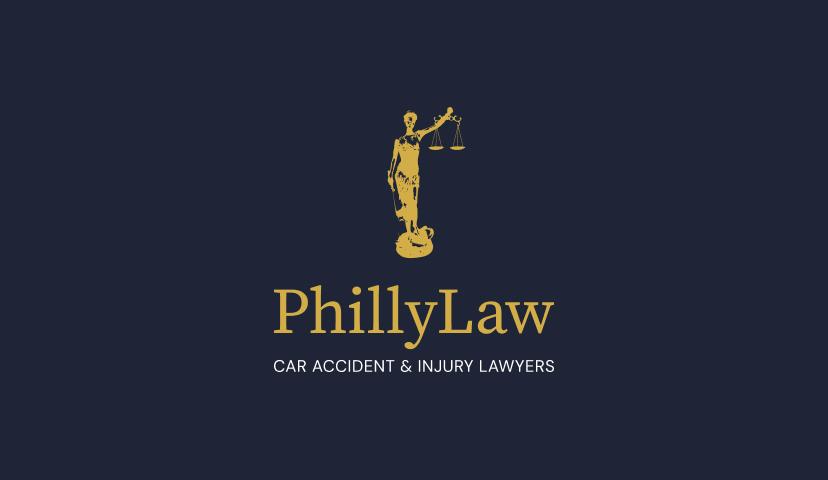Table of Contents
Car Accident Seat Belt Injuries
Seat belt injuries, while seemingly paradoxical, are a relatively common occurrence following motor vehicle accidents. While seat belts are unequivocally a crucial safety feature in vehicles, designed to protect passengers from more severe harm, they can sometimes cause injuries of their own.
Seat belt injuries after a car accident can manifest in a variety of ways, affecting different parts of the body depending on the collision’s impact and the occupant’s position. Generally, common seat belt injuries include bruising and abrasion marks across the chest, shoulder, and stomach, where the seat belt restrains the body against the force of impact. In more severe cases, individuals may experience internal injuries such as rib fractures, internal organ damage, or spinal injuries due to the seat belt’s pressure during the accident. While seat belts work to protect occupants from more catastrophic outcomes in motor vehicle crashes, the force exerted by a seat belt in a high-impact crash can lead to these specific injuries, underscoring the complex nature of car accident trauma. You may be entitled to compensation if you have sustained a seat belt injury from a car crash caused by another driver’s negligence. Call the car accident lawyers at PhillyLaw today for a free consultation.
The Different Kinds of Seat Belt Injury
Common seat belt injuries from a motor vehicle accident can be classified into several types, reflecting the diverse ways in which these devices interact with the body under stress.
Soft Tissue Injuries
Soft tissue injuries from seat belts can vary in severity and impact different parts of the body. The most common types include:
Bruises (Contusions)
These occur when small blood vessels under the skin tear or rupture, often due to the force of the seat belt during impact. Bruises may appear as dark, purplish marks on the skin and can be tender or painful to the touch.
Abrasions
These are superficial injuries to the skin, caused by the friction between the seat belt and the body during a crash. Abrasions may leave the skin red, raw, and susceptible to infection if not properly cared for.
Seat Belt Syndrome
Seat Belt Syndrome is a medical condition observed in individuals who have been involved in significant vehicular collisions while restrained by a seat belt. Characterized by a distinctive pattern of injuries, Seat Belt Syndrome injuries include both visible surface injuries, such as bruising and abrasions across the chest and abdomen, and more severe internal injuries, including damage to internal organs, spinal injuries, and fractures, particularly to the ribs and sternum. The syndrome highlights the dual nature of seat belts as life-saving devices that, unfortunately, can also cause serious harm in high-impact crashes. Diagnosis and treatment of Seat Belt Syndrome require a comprehensive approach due to the potential for significant underlying injuries.
Understanding the different types of soft tissue injuries caused by seat belts is crucial for early identification and treatment, helping to mitigate the effects and prevent long-term health issues.
Lacerations
In some cases, the force of the seat belt can cause cuts or lacerations, particularly if the belt shifts during the impact and makes contact with a less protected area of the body.
Fractures
Rib and clavicle fractures are notable examples of more severe injuries caused by seat belts. The direct pressure from a seat belt during a high-speed impact can break bones, especially in the chest area.
Internal Injuries
Perhaps the most concerning, internal injuries can involve damage to the organs, such as the liver, spleen, or kidneys, resulting from the force exerted by the seat belt. These injuries may not be immediately evident and can have life-threatening consequences.
Abdominal pain after a car accident may result from the seat belt exerting intense pressure on the abdomen during a collision. This pressure can lead to a variety of internal injuries, including damage to internal organs, or even internal bleeding. Symptoms of abdominal injuries might not be immediately apparent, making it crucial for individuals experiencing any degree of abdominal pain after an accident to seek medical attention promptly.
Spinal Injuries
The tension from a seat belt can also cause a more serious seat belt injury by exacerbating spinal injuries, including fractures, disk herniation, or spinal cord injuries, particularly if the body is twisted or turned upon impact.
Understanding these different types of seat belt injuries is crucial for both medical professionals treating crash victims and for individuals involved in a car accident to recognize the potential for hidden injuries.
Should I Wear a Seat Belt?
Yes. Despite the potential for injury in serious vehicular accidents, the consensus among safety experts and medical professionals is unequivocally in favor of wearing seat belts. The National Highway Traffic Safety Administration (NHTSA) states that seat belts significantly reduce the risk of death and serious injury by about 50% when used properly. The protective benefits of seat belts far outweigh the risk of injuries they might cause in the event of a high-impact motor vehicle accident.
Seat belts are designed to distribute the forces of a collision over the stronger parts of the body, such as the chest, hips, and shoulders, thereby minimizing injury. In essence, while seat belt injuries can occur, the absence of a seat belt in a serious collision often results in far more severe or fatal injuries. Wearing a seat belt is a fundamental aspect of road safety that should always be observed, so make sure you click it on when you see that seat belt sign.
What to Do if You Have a Defective Seat Belt
A defective seat belt can significantly compromise your safety in the event of an accident. If you suspect your seat belt is not functioning correctly — maybe it doesn’t latch properly, retracts too slowly, or shows visible signs of wear and damage — immediate action is necessary.
Identify the Issue
Firstly, identify the specific issue with the seat belt. Common problems include a jammed retractor, a latch that won’t secure, or frayed and worn straps. Understanding the exact problem can help explain it to a professional or report it if the seat belt is under recall.
Check for Recalls
The National Highway Traffic Safety Administration (NHTSA) maintains a database of vehicle recalls. Check their website to see if your vehicle, or specifically the seat belt in question, has been subject to recall due to manufacturing defects. Manufacturers are required to fix these defects free of charge, even if the vehicle is out of warranty.
Seek Professional Inspection and Repair
Whether under recall or not, have your seat belt inspected by a certified mechanic or at a dealership. Defective seat belts should be repaired or replaced by professionals to ensure they meet safety standards. Do not attempt DIY repairs on seat belts, as improper handling could further compromise their functionality.
Document the Issue
Keep a record of any conversations with mechanics, dealership representatives, or manufacturers concerning your seat belt’s defect. Save receipts for repairs, especially if the seat belt was under recall. Documentation is crucial if the defect leads to legal action or claims.
Consider Legal Advice
If a defective seat belt has led to injury or exacerbated the effects of an accident, consult with the skilled car accident lawyers at PhillyLaw, who can advise you on potential compensation for injuries sustained due to the malfunction.
In summary, a defective seat belt is a critical safety issue that requires immediate attention. By promptly addressing the problem, seeking professional repair, and keeping thorough records, you can ensure your vehicle remains a safe mode of transport for you and your passengers.
Treatment for Seat Belt-Related Injuries
Treatment for seat belt-related injuries varies widely, depending on the type and severity of the injury.
Treatment for Minor Injuries
For minor injuries such as bruises, abrasions, and contusions, treatment may involve rest, ice, compression, and elevation (RICE) and over-the-counter pain medication to manage discomfort.
Treatment for Severe Soft Tissue Injuries
In cases of more severe soft tissue injuries, medical professionals might recommend physical therapy to aid in recovery.
Treatment for Fractures Caused by Seat Belt Injury
Fractures caused by seat belts typically require immobilization, which may involve wearing a cast or brace, followed by physical therapy to restore movement and strength.
Treatment for Internal Injuries from a Seat Belt
Treatment for internal injuries can range from monitoring and pain management to emergency surgery, depending on the extent of organ damage.
Treatment for Spinal Injuries from a Seat Belt
Similarly, spinal injuries may necessitate surgical intervention, coupled with long-term rehabilitation to support recovery.
Given the wide-ranging potential for seat belt injuries, it’s crucial for individuals involved in a vehicular accident to seek immediate medical attention, even if injuries are not immediately apparent, to ensure that any hidden damage is promptly identified and treated.
PhillyLaw Can Help You Recover from Your Seat Belt Injury
If you or a loved one have experienced injuries or death as a result of a seat belt during a vehicular accident, understanding your legal rights and options for recovery is critical. The intricacies of seat belt injury cases can be complex, encompassing aspects of product liability, personal injury law, and specific circumstances surrounding the accident. Contact a car accident lawyer at PhillyLaw for a free consultation to discuss your situation if you have seat belt injury symptoms.






